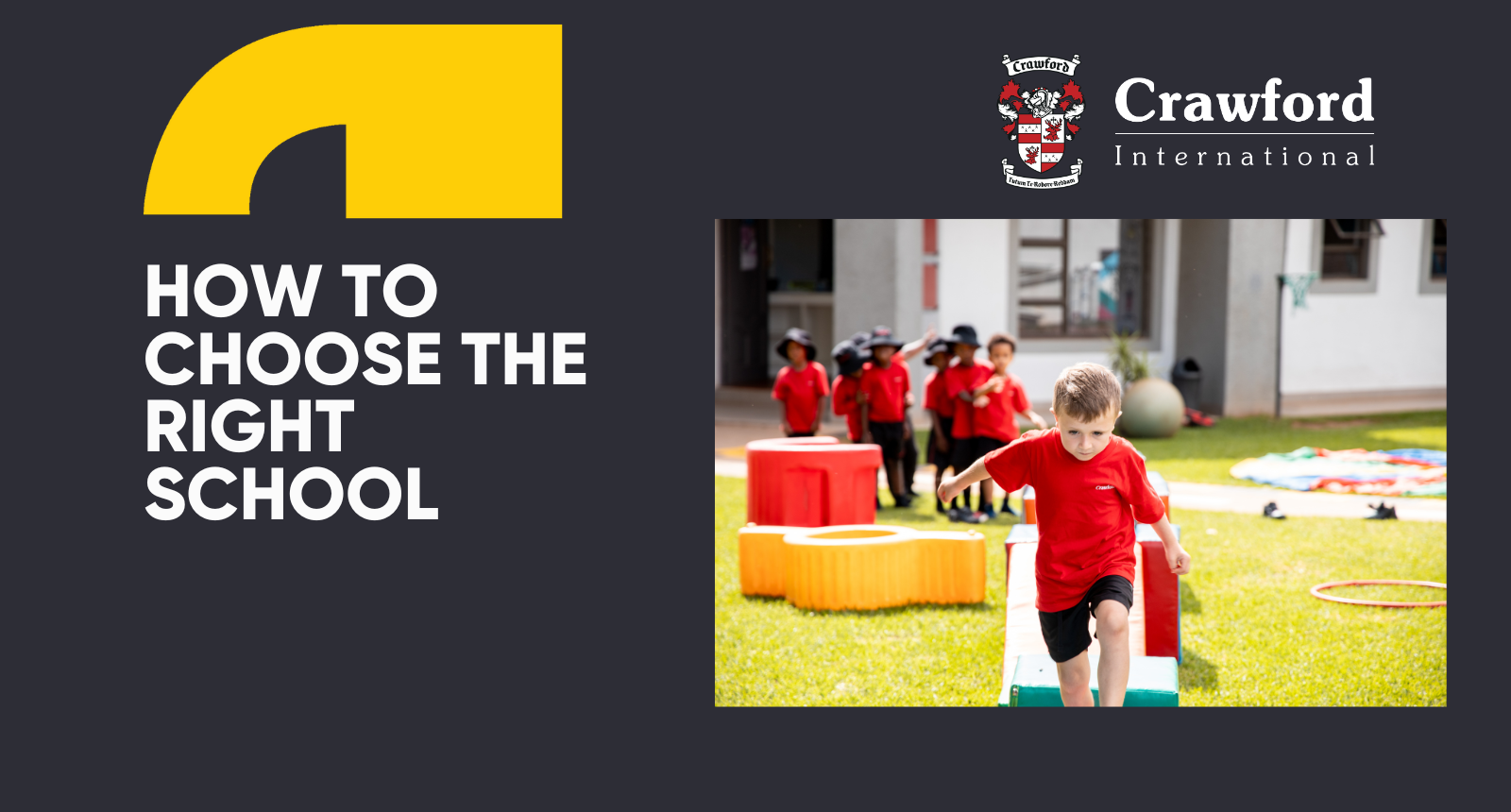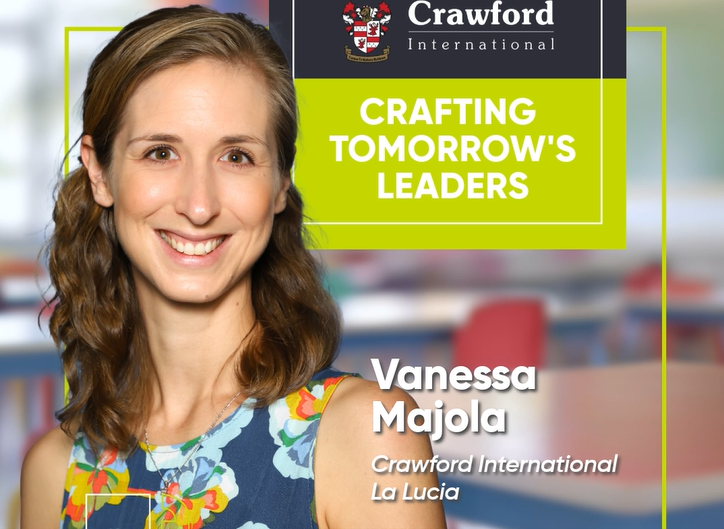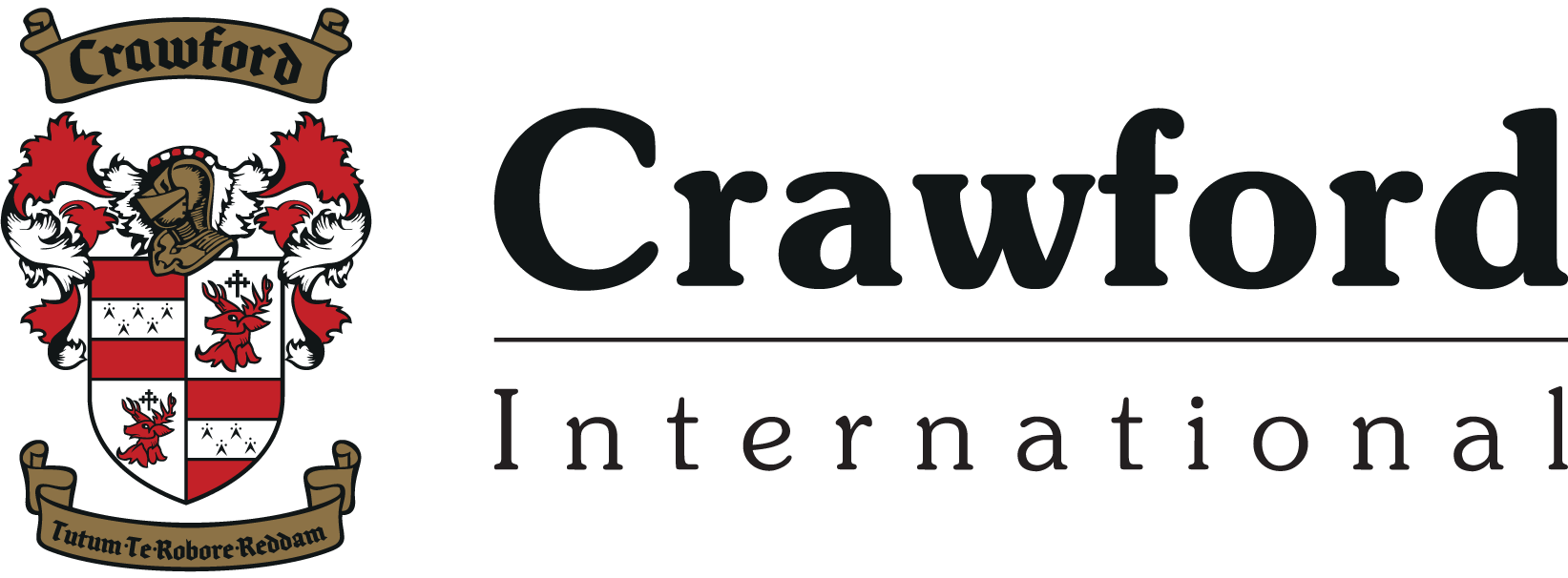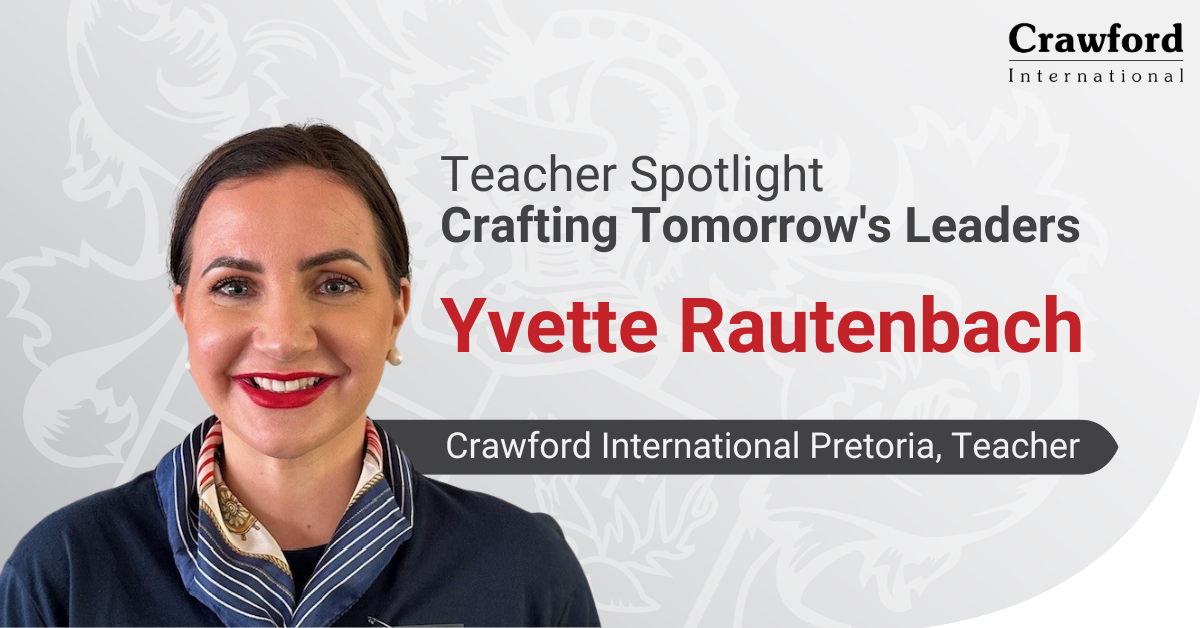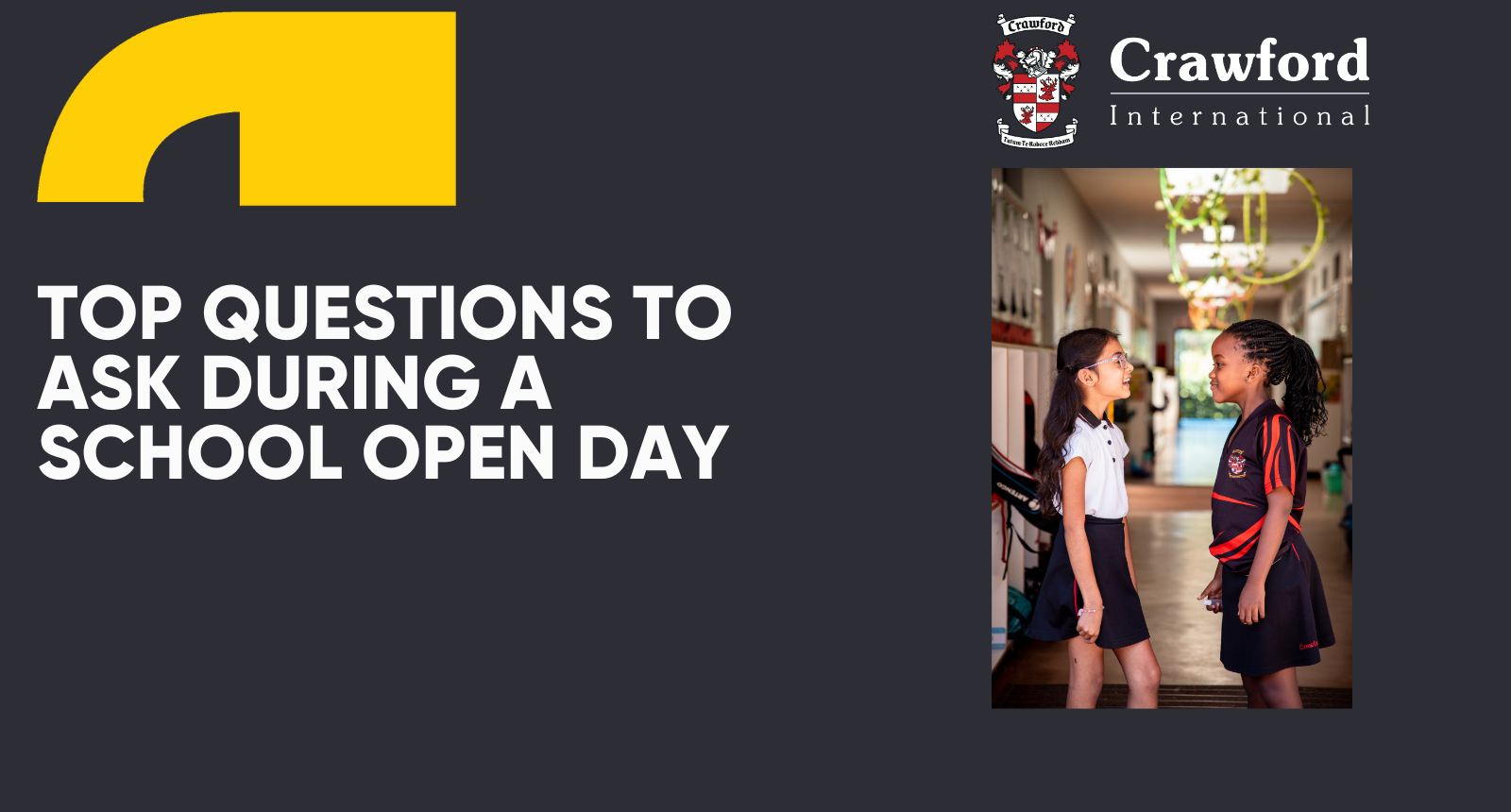North Coast March 2024
March 27, 2024
PRE-PRIMARY
Exploring Nature on Campus
Students at Crawford International North Coast are fortunate to enjoy the natural beauty of their campus. With panoramic sea views, surrounding sugar cane fields, well-tended gardens, and an indigenous forest, the campus provides an ideal setting for students to explore their environment.
Recently, Pre-Primary students had an engaging investigative session, exploring the fascinating world of 'mini beasts' in the school forest. "Outdoor education continues to be a cherished highlight for Pre-Primary children," says Michaela Curtis, Pre-Primary Principal at Crawford International North Coast.

PREPARATORY
Swimming article
Crawford International North Coast had a term filled with swimming, including two galas hosted by the Preparatory School. The Preparatory School Championship Gala showcased great swimming skills and received enthusiastic support from students, staff, and parents. Additionally, the school hosted a swimming event for 10 North Durban schools on a particularly hot day. The gala featured over 400 swimmers and 500 spectators participating in a series of 4 x 25 metre relays.
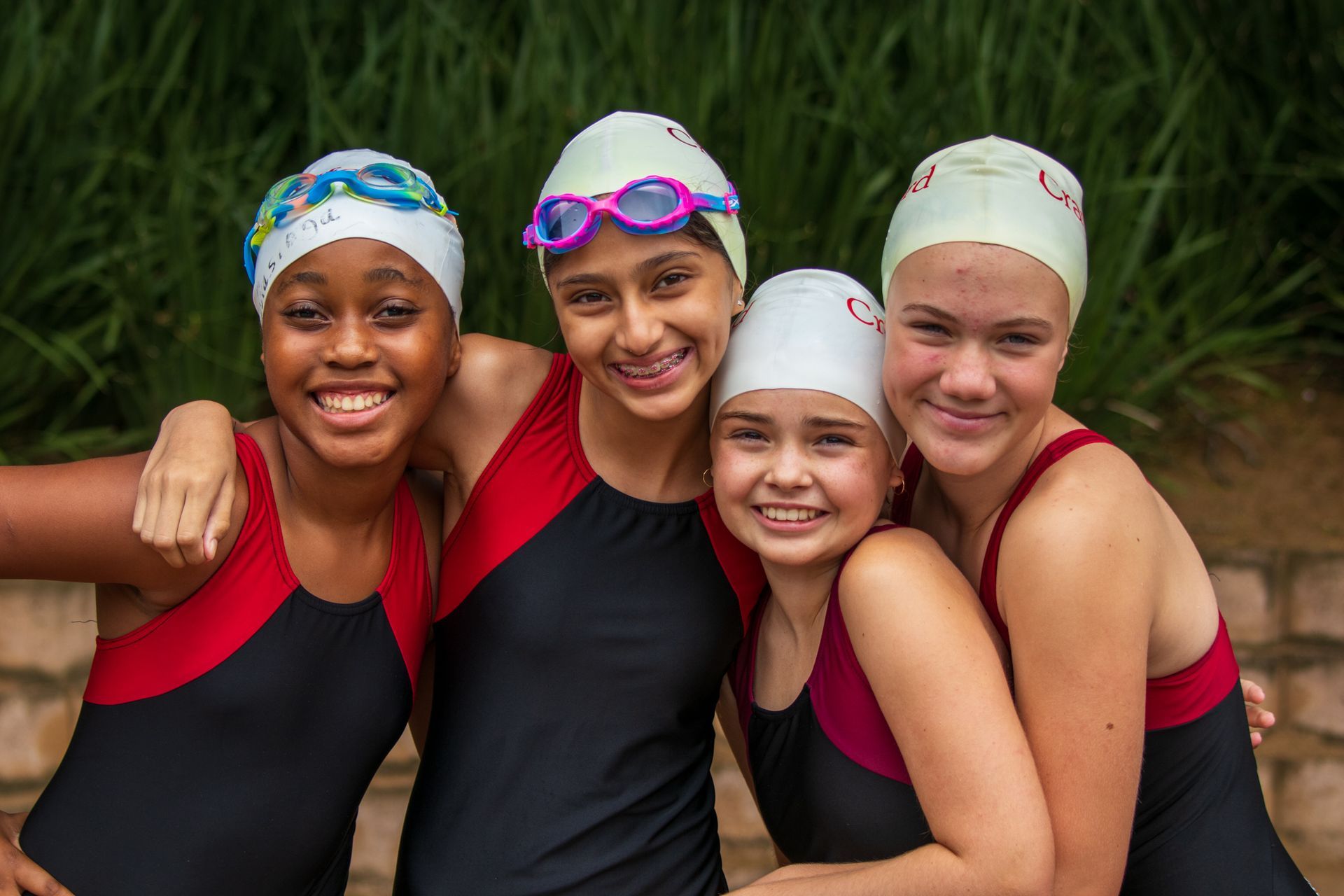
COLLEGE
History Repeats Itself For Two Siblings at Championship Gala
Swimming supporters are known for their exuberant enthusiasm at swimming galas, but no-one cheered harder at the recent Crawford International North Coast Prep Championship Gala than Grade 12 student Hannah James. It was a special sibling moment as Hannah had the honour of handing the very same senior Victrix Ludorum trophy she herself had won in Grade 7, to her younger sister Madison. Swimming is clearly a James family talent, as Hannah and Madison’s brother Luke (now in Grade 10 at the school) also held the same trophy when he was in Preparatory!
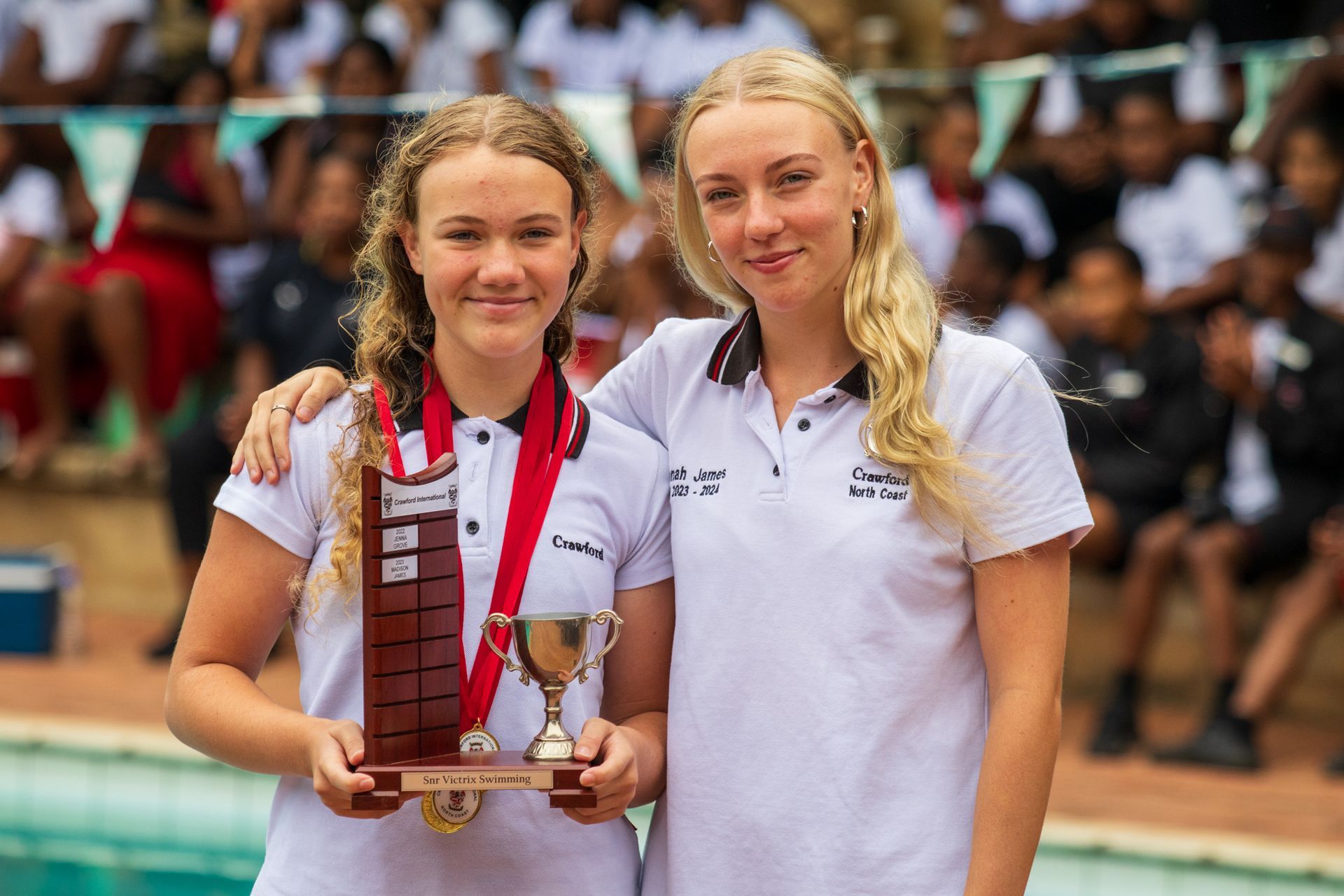
College Spotlight on 2 Students
Hannah James
Crawford International North Coast Grade 12 student Hannah James has been proudly flying the Crawford North Coast flag, since starting her learning journey back in Grade 000. Hannah has been a motivated and conscientious student her whole school career, balancing a diverse set of interests, so it is wonderful for her school and family to see her wearing the prestigious ‘white honours blazer’ with such pride. Hannah admits to having eyed the coveted white blazer many years ago and set it as one of her goals from a young age. Being the hard working, dedicated and competitive person that she is, it was no surprise that Hannah made Crawford history when her and one other student were the first students to ever achieve this in Grade 11. Hannah received full colours in three out of the four categories: Academics, Culture and Sport.
She was voted as co-judiciary by the school management and the Student Leadership Body. The eldest of three siblings, Hannah has grasped every opportunity given to her at the premium North Coast school, located in Westbrook. Throughout her school life she has worked consistently hard to balance all her work and sporting commitments to achieve an ‘A’ aggregate. Her favourite subject is Dance. The school boasts a beautiful dance studio with Head of Dance well known professional dancer and teacher, Natashia Hooman-Roets of Ballito FootworX fame. Hannah has loved dance and music from a young age, starting her hip-hop journey while at the Preparatory School. She competed in many competitions and won numerous awards. She was also selected as captain of the U13 girls KZN Dance League Team where she placed first in her duet and group dance and was selected for the DSSL SA team. She has also competed at the SABOD competitions and Natal Festival of Dance, where she recently won the trophy for the best hip hop duet, along with a fellow Crawfordian. The highlight of winning this award was that the girls choreographed their dance themselves! Hannah is one of many talented dancers at the school and is proud to have placed first in the subject in Grade 10 and Grade 11. A recent highlight has been dancing at Kings Park Stadium’s Sharks Fest as part of the Hollywood Bets dance squad.
On the sport front, Hannah has excelled over the years in netball, hockey, gymnastics, cross country, athletics, and swimming. She was awarded the Victrix Ludorum trophies for both swimming and athletics and received the Golden Boot award for cross country. She still holds records in both swimming and athletics. She has represented her school, district, and province in numerous sports. She was selected for the KZN Biathlon Team and placed 6th in South Africa. Netball is her other love. She plays the centre position and was selected as the First Team Netball Captain in Grade 11 and 12. She was also selected for the Action Netball Super League team as well as for the outdoor netball district team.
So how does she do it? She says, “if you are willing to commit and put in the hours of hard work and training, then you can achieve anything you want. It is important to set your goals and stick to them. It has helped to have such amazing parents who have supported me through everything. My mom has always been my biggest fan. She recognised my talents and encouraged me to do my best.” But despite all the trophies, accolades and badges, Hannah says the real reward comes when younger students tell her that she is their role model and inspiration and this has motivated her to continue to put her best foot forward for her school, her family and herself.
Saira Pilly
Crawford International North Coast Grade 12 student Saira Pillay has been at the school since Grade 0 and was the first of four recent students, to meet criteria to receive the prestigious White Blazer. This top award is presented to students who have achieved Honours in three out of four categories: Academics, Culture, Service or Sport and Saira met criteria towards the end of her Grade 11 year.
Saira has achieved Honours for Academics, something she has she has achieved consistently since Grade 8 and is passionate about her all her subjects but particularly Mathematics. In terms of her academic goals, Saira’s immediate focus is successfully completing her matric year and plans thereafter, to pursue her studies with a focus on IT and Mathematics.
In the Cultural category, Saira has achieved Honours for Drama. A keen dramatic arts student, her notable contributions have been her role in the school’s acclaimed production of Irrelevant, as well as being offered a place on eTV’s Acting with the Stars.
The third Honours category that applies in this award is that of Service. Saira has actively served her community both in and out of school. Clocking up over 100 hours Community Service, the majority of which was for the Reach for a Dream Foundation. Saira is a familiar face at the Prince Mshiyeni Hospital in Umlazi, distributing everything from cupcakes to teddy bears. Says Saira, “I want to try and provide some joy, no matter the difficulties the children are facing”. Saira also values her service to the immediate Crawford International North Coast community, by serving as a part of the school judiciary as one of eleven key leaders of the Student Leadership Body. As a leader at the school Saira is known for her excellent communication and leadership skills and says she enjoys working independently as well as part of a team.
With such a busy schedule Saira focuses on creating balance and as the school’s Hockey Captain, finds hockey a great way to relax. She also says being organised and prioritising her tasks is key to her success.
Saira’s first memory of a White Blazer was age 5, seeing a cousin achieve the exact same accolade. She says achieving what she desired and ‘ticking it off’ her list of goals is immensely satisfying. Congratulations Saira on this fantastic achievement!
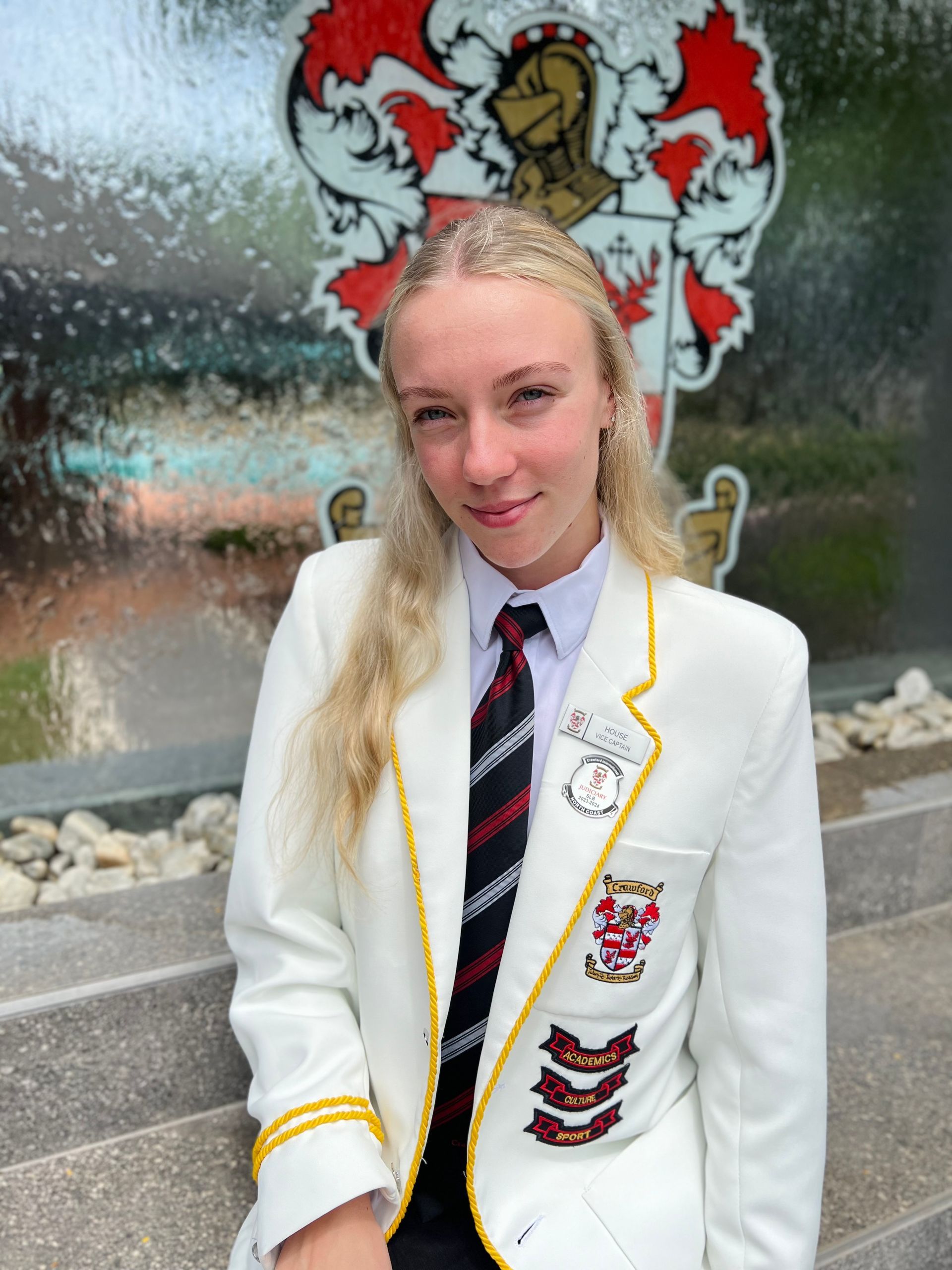
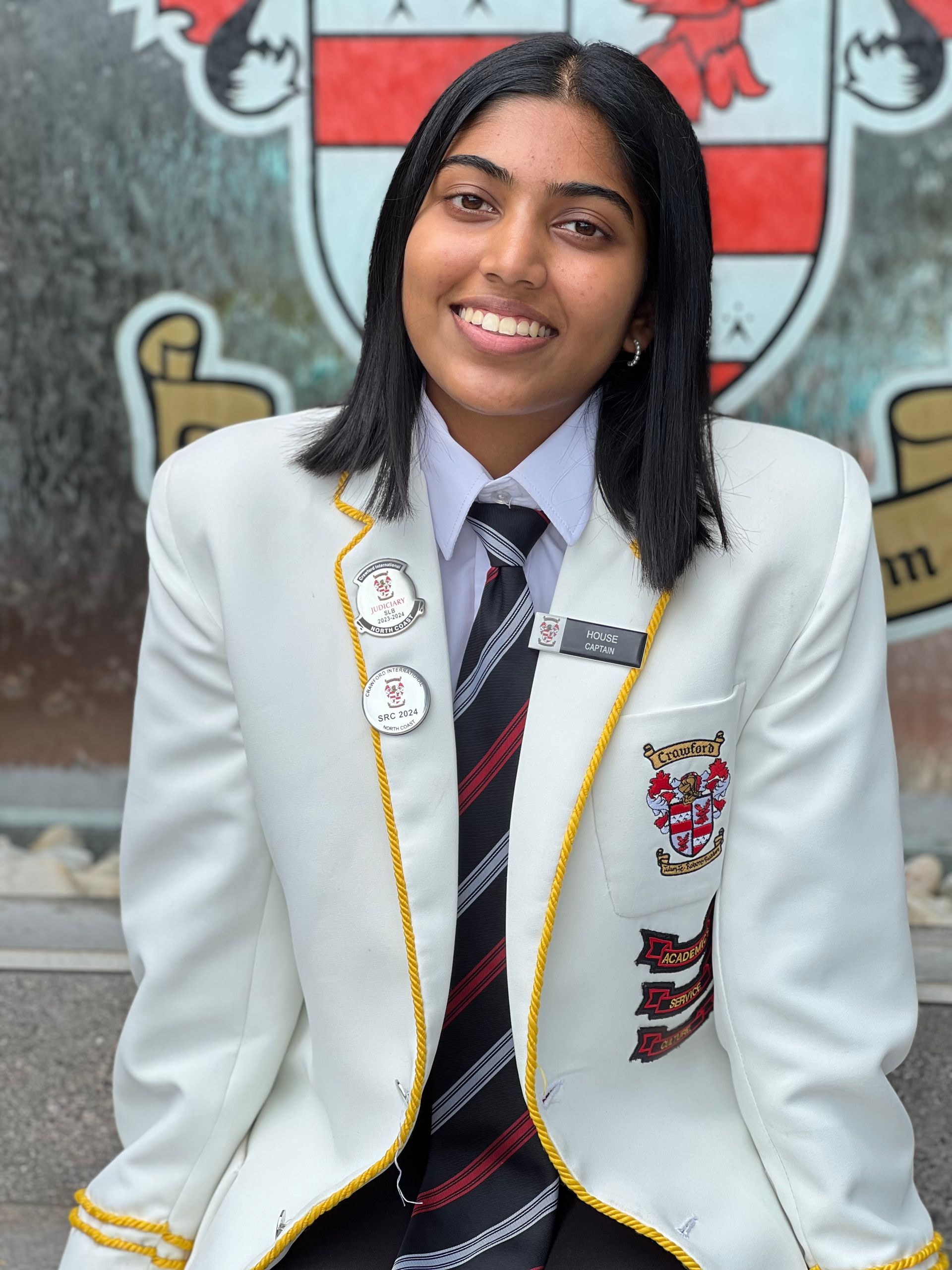
SLB News
Crawford International North Coast is known for its impressive student leadership opportunities. Over and above the Student Representative Council (two students per grade), there is a democratically elected team of eleven Grade 12 leaders who have blossomed since coming into office during the second half of their Grade 11 year. The ‘SLB’ as they are known, support and celebrate each other whilst ensuring they empower the voices of students from Grade 8 through to 12. The team’s unwavering commitment, hard work and dedication to the school is truly commendable. Junior grades look up to and are inspired by their matric leaders, who excel with their determination and pride in their school. The Judiciary positions are held by Hannah James and Saira Pillay (front centre) who work closely with their fellow student leaders, staff and parents on projects including a new student ‘Buddy’ system, numerous outreach projects, as well as the planning and execution of special days such as Heritage Day which had dance, music, food, and quiz games. Many of the students have been at the school since pre-primary and the school community is so proud to watch the students grow into their senior leadership roles.

